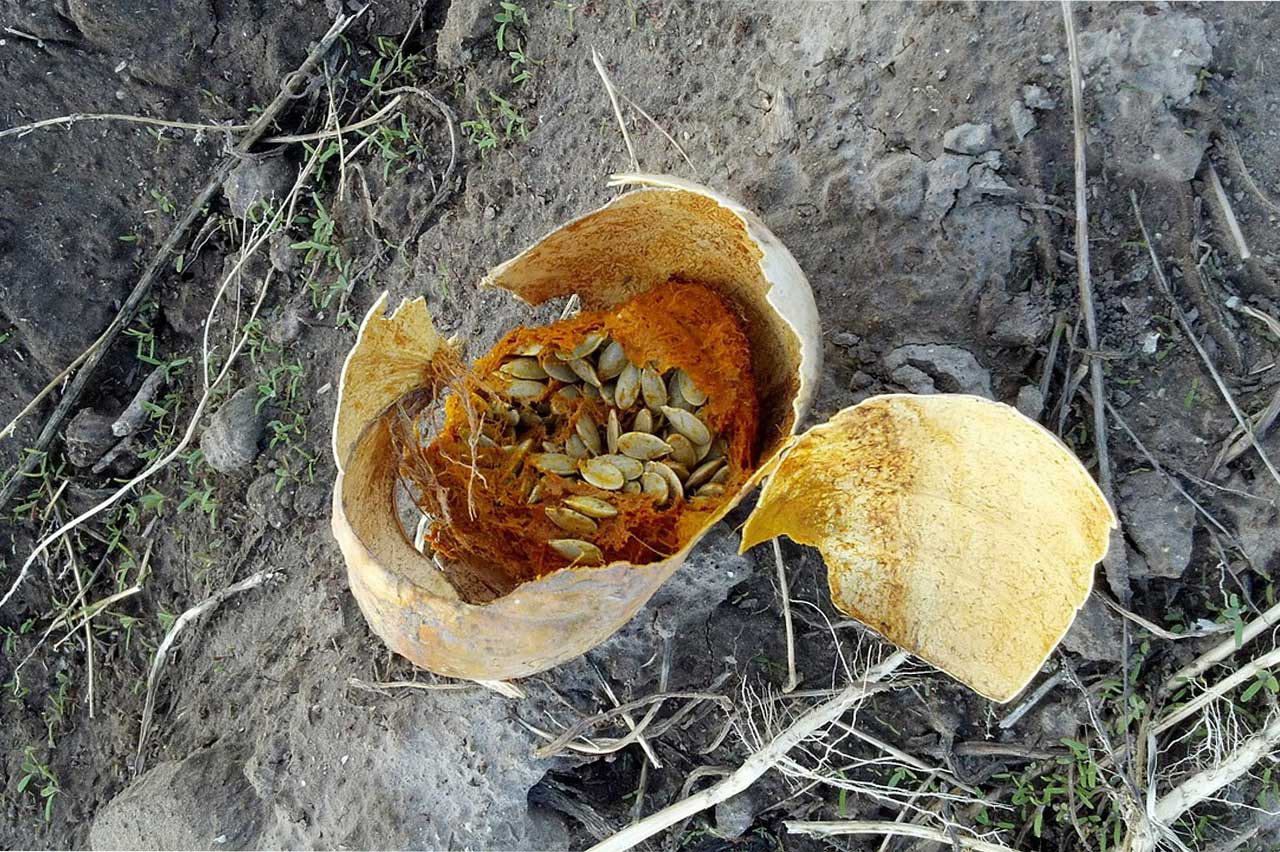Rotting pumpkins post-Halloween often pose a seasonal challenge for many households. As the vibrant colors fade and the carved faces sag, the question arises: what should be done with these now-decaying symbols of fall festivities? This article delves into practical and eco-friendly solutions for repurposing and disposing of rotting pumpkins. From composting to creating wildlife habitats and even turning them into delicious recipes, this guide aims to provide readers with a range of options that go beyond the conventional trash bin. Join us as we explore creative ways to give these pumpkins a second life while contributing to a more sustainable and environmentally conscious approach to waste management.
When your pumpkins start to soften and are no longer attractive as decorations, there are several useful and eco-friendly ways to handle them:
- Create Compost: Pumpkins can be easily added to a compost pile. Cutting or breaking them up will help them decay faster, making them ready to add rich nutrients to a spring garden or flowerbed.
- Make an Easy Bird Feeder: Cut a carved pumpkin into halves, fill each one with birdseed, and you have an impromptu bird feeder. Birds will also nibble on the pumpkin’s flesh, and they don’t mind if it’s a bit soft.
- Offer Farm Feed: If your pumpkins are still somewhat firm, consider offering them to a local farmer as a treat for cattle, pigs, or other livestock. While animals shouldn’t consume completely rotted pumpkins, fruit that is just becoming soft is still suitable.
- Provide Zoo Treats: Many zoos or wildlife rehabilitation centers may be able to use older pumpkins as treats or entertainment for their residents.
Eating a rotting pumpkin is generally not recommended. As pumpkins begin to rot, their texture, flavor, and nutritional value change significantly. Here are some considerations:
- Texture and Taste: Rotting pumpkins become mushy, slimy, and unpleasant to eat. The taste may also be off, and the flesh might have an unpleasant odor.
- Nutritional Value: As pumpkins rot, they lose nutrients. The decomposition process breaks down vitamins and minerals, making them less beneficial for consumption.
- Health Risks: Consuming rotten food can pose health risks. Bacteria and mold thrive on decaying organic matter, and eating spoiled food can lead to gastrointestinal issues or food poisoning.
- Exceptions: If the pumpkin is only slightly soft and hasn’t developed mold or foul smells, you might salvage parts of it. However, exercise caution and use your judgment.
Remember, instead of sending pumpkins to a landfill where they rot without oxygen and create potent greenhouse gas methane, these alternatives give them a second life and benefit the environment! 🎃🌿

Leave a Reply